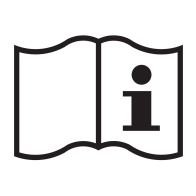- cross-posted to:
- dadsplain
- [email protected]
- [email protected]
- cross-posted to:
- dadsplain
- [email protected]
- [email protected]
cross-posted from: https://lemmy.crimedad.work/post/56030
cross-posted from: https://pixelfed.crimedad.work/p/crimedad/664838819785277759
My five year old asked me what calceulus is.
The context is that I’m an engineer and she wanted to know what I learned in engineering school, so I said calculus. (In my case, I only made it to pre-calc in highschool.) I swear I’m not the type of parent to try and push this stuff on her. I said it’s about understanding how things change and then I tried to illustrate it. I’m open to suggestions on how I could answer her better.


My mom was going for a math degree when I was around that age. I was naturally curious about what she was studying. What stuck with me though has been ways of thinking and concepts. It has been a really good thing for me in real life as well as academically.
My suggestion would be to focus on concepts and lean hard on why. The practical ‘how’ is something that takes lots of time to learn and is incremental (addition then subtraction and so on). The why can be highlighted in movement, natural shapes, thoughts on time/light/infinity, and things like that.
Calculus specifically I would approach by asking how many sides does a ball have. Is it one, zero, or too many to count? The ‘right’ answer doesn’t matter in this context. The important part is to learn that they all kind of mean the same thing if you think about them in different ways. Calculus uses thinking about it as too many to count to answer questions that are hard to answer when you think about it as zero.
“How many sides does a ball have?” is a good question to put to her. They recently started learning about 3D shapes in school.